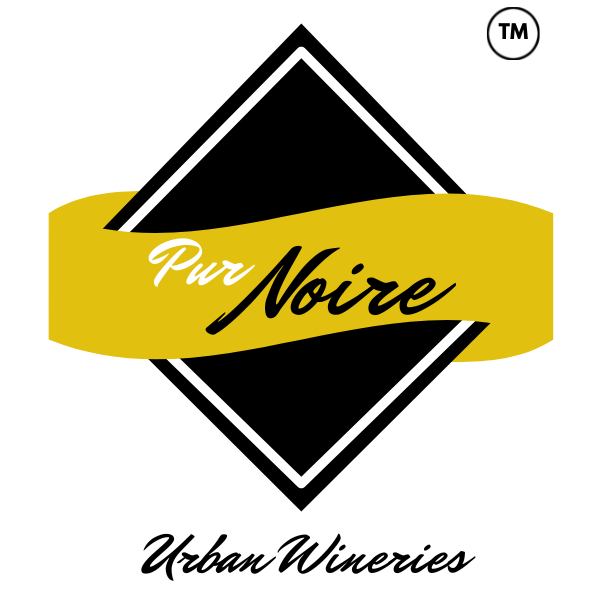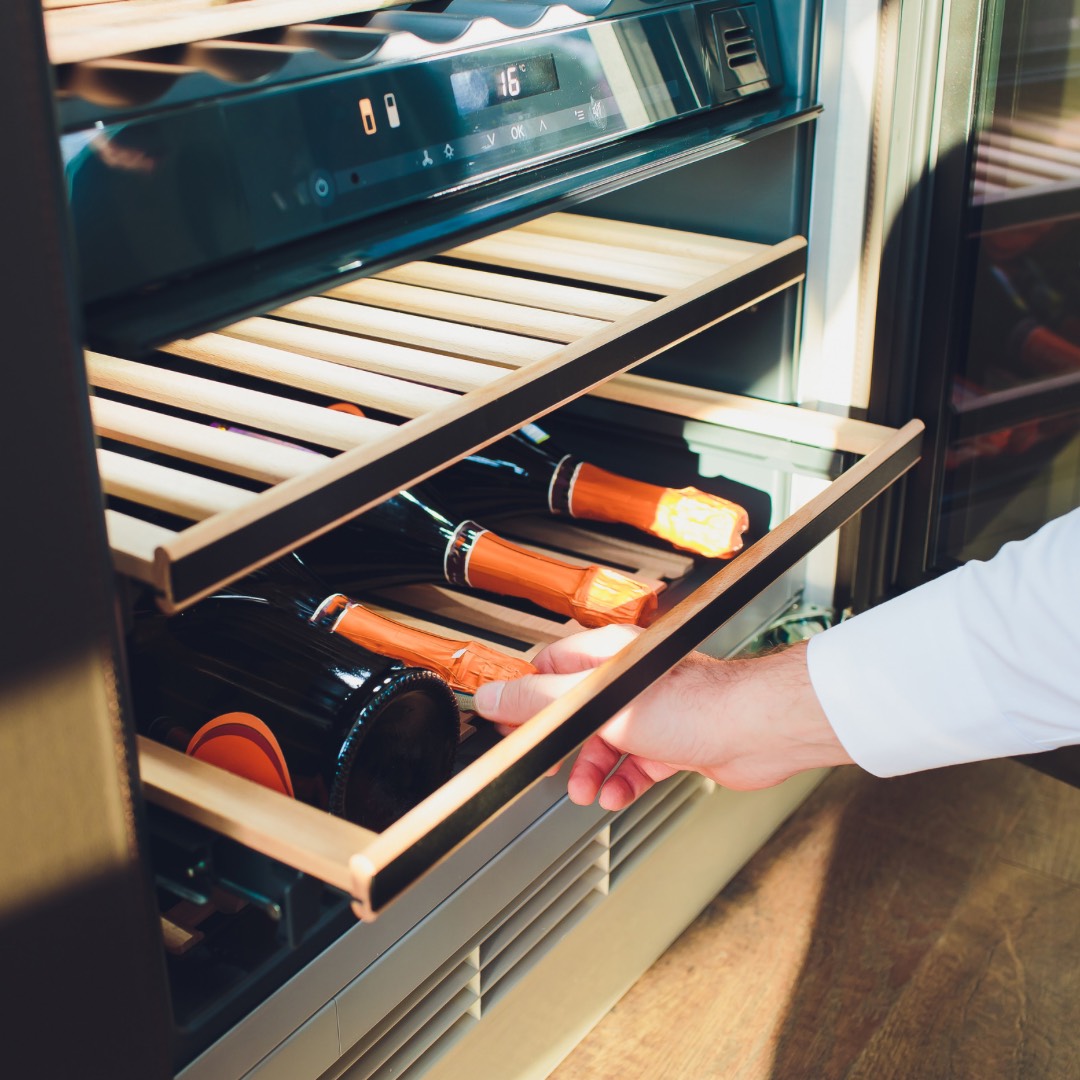The Truth About Wine Labels
When you go to buy a new bottle of wine you probably do what many other people do. You grab the bottle spin it around and read the back. The bottle probably gives you some description of what the producer or their marketing team wants you to believe the wine tastes like. The plan is for the description to make you buy the wine and most of the time, this works. However, what you may find interesting is that description on the back of a wine bottle is probably the least factual piece of information on the bottle. Further, you can glean much more about what a wine will taste like from other information on that bottle that is factual.
Brand Name
The front of your wine label can have valuable information. First, the label will tell you the name of the brand. If you’re familiar with a brand and it consistently makes great wine, you can assume that the wine will at least be balanced. Also, if the producer typically makes one varietal better than others, you can use this information to predict what to expect from the wine you are thinking of purchasing.
Vintage
Most labels will also tell you the wine’s vintage. This is the year that the grapes were harvested. This information is important because the year that grapes were harvested can tell you what to expect when the wine hits your palate. For example, during hot and sunny years, the wine made from grapes harvested during those growing seasons will likely be more fruit forward than in years that the grapes have less sun exposure. Also, as red wines age, the tannins become smoother. So, if its 2021 and you purchase a 2019 Cabernet Sauvignon, you should expect the tannins to be stronger and more present than in a 2017 Cab.
Region AVA
The label will also tell you the wine’s Region or American Viticultural Area (AVA). This is the region where the grapes were grown. Wines from different AVAs have different characteristics due to a number of different variables. For example, wines from vineyards grown in AVA’s near an ocean will likely taste different from those grown away from a coast. Different soil compositions, environmental moisture, and sunlight impact the grapes and this in turn, impacts the wine. If you know how wines from a certain AVA typically taste, this can give you a clue about the bottle you’re about to purchase.
Varietal
Many wine labels will also tell you the varietal that makes up the wine. However, one thing to keep in mind is that a producer can list a varietal on its bottle if the wine is made up of at least 75% of a specific grape. For example, Pur Noire’s Limited Selection Merlot is 96% Merlot with the remaining 4% consisting of a blend of cabernet sauvignon, Malbec, and cabernet franc. Another thing to remember is that many great wines are blends and do not list a single varietal. So, if you don’t see a varietal on a wine, don’t write it off as bad wine.
Alcohol Content
Last but not least is the wine’s alcohol content. The wine’s ABV percentage can tell you whether you can expect to feel the alcohol in your throat or chest when you drink the wine. With most wines, you do not get the burning sensation that you get when wine is too “hot”. With others, you do and depending on who you are, this may be your preference. No matter what your prefer, one thing to consider is that the ABV on the bottle is actually given a margin of error of around 1%. So, if a wine says its 14% ABV it could really be anywhere between 13% and 15%.
With all of this in mind, the next time you pick up a wine bottle and read the description on the back, hopefully you will consider some of the other information on the bottle. Armed with this information, you will be on your way to making a well-informed decision. You’ll also want to keep in mind that although there is some overlap, some of this information is only relevant to wines produced in the USA. Wines produced in other countries are governed by different laws and we will save those for another article.
Cheers!



